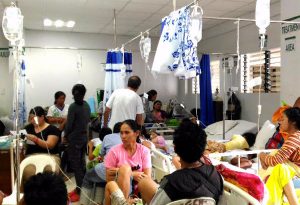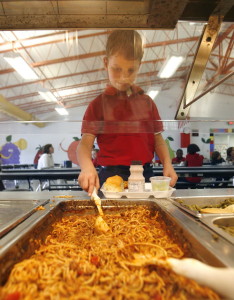Thanks to one of our readers for forwarding the following item by Odessa O. Leyson of The Freeman:
 At least 107 residents of Sitio Tawagan in the mountain barangay of Sirao, Cebu City landed in the hospital Tuesday due to diarrhea and severe dehydration.
At least 107 residents of Sitio Tawagan in the mountain barangay of Sirao, Cebu City landed in the hospital Tuesday due to diarrhea and severe dehydration.
Nagiel Bañacia, head of the city’s disaster team, said the city health office is now looking into information that the residents suffered from the ailments after eating spaghetti given by an owner of a flower farm there.
Bañacia is withholding the identity of the farm owner until investigation is concluded.
He said the disaster team had to go up the barangay Tuesday night after receiving reports several of those affected were medicating themselves. Many residents have already sought help at the Guba Community Hospital at this point.
The Guba Community Hospital can accommodate only 50 patients, which was why four other doctors, eight nurses, and medical technologists had to be deployed there.
Bañacia said the city government will shoulder the hospital expenses using the disaster fund.


